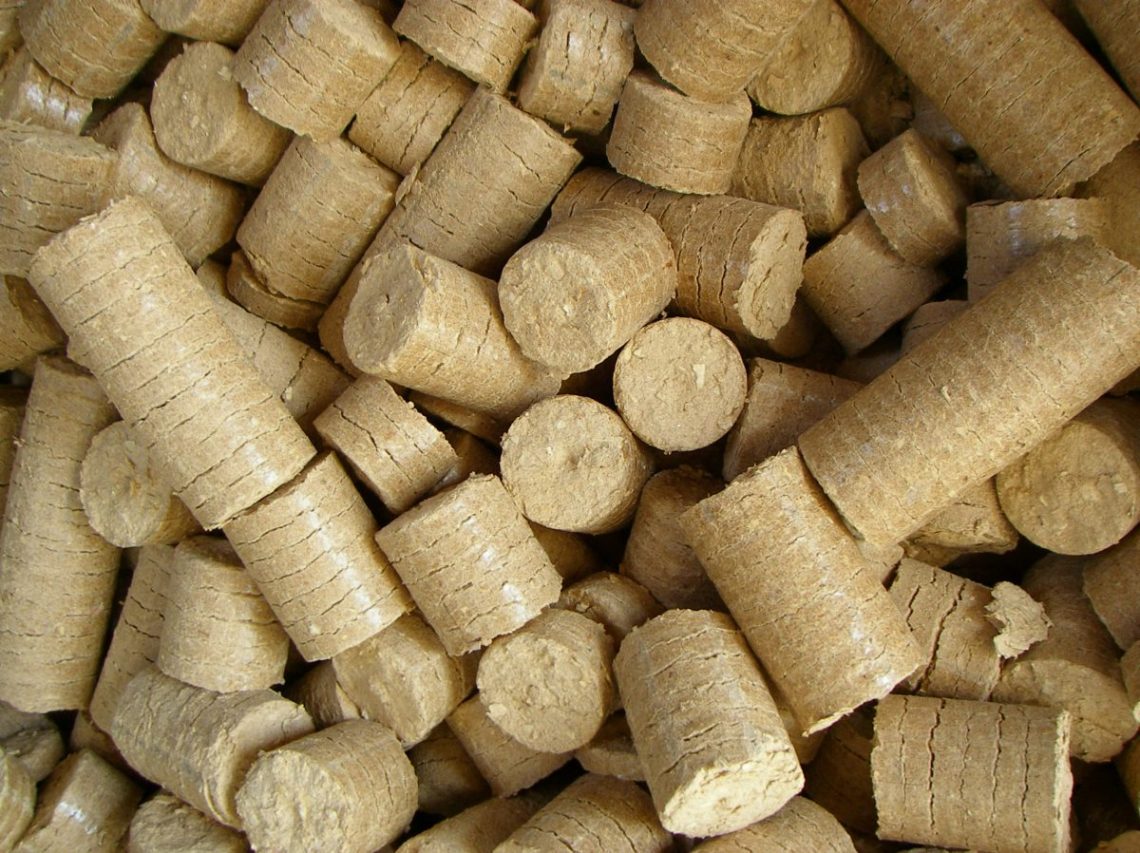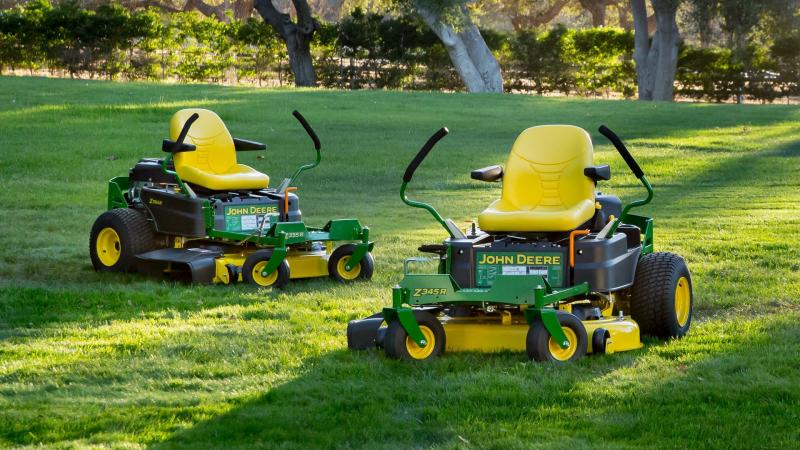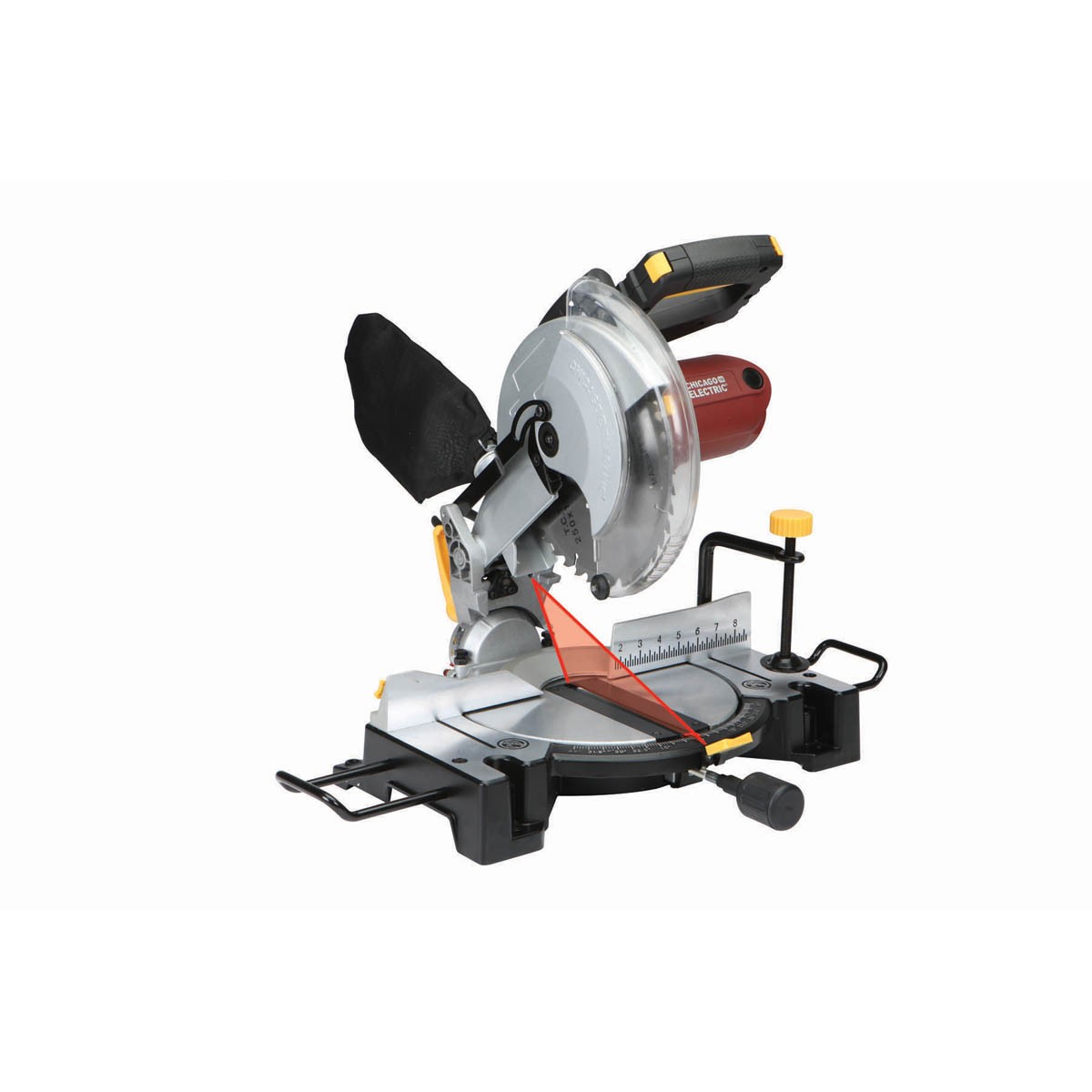In recent years, the demand for wood briquettes has been on the rise due to their eco-friendly nature and cost-effectiveness. As the puitbrikett hind continues to attract environmentally-conscious consumers, the need for efficient briquette presses has also grown. These machines play a crucial role in converting biomass materials into compact, burnable briquettes. In this article, we will delve into the world of briquette presses, exploring different models and their efficiency.
1. The Basics of Briquette Presses
Before delving into the specifics, let’s start with the fundamentals. Briquette presses are machines designed to compress biomass materials into solid briquettes. These materials can include wood chips, sawdust, agricultural residues, and even paper. The main goal is reducing waste, lowering transportation costs, and creating an efficient fuel source for various applications.
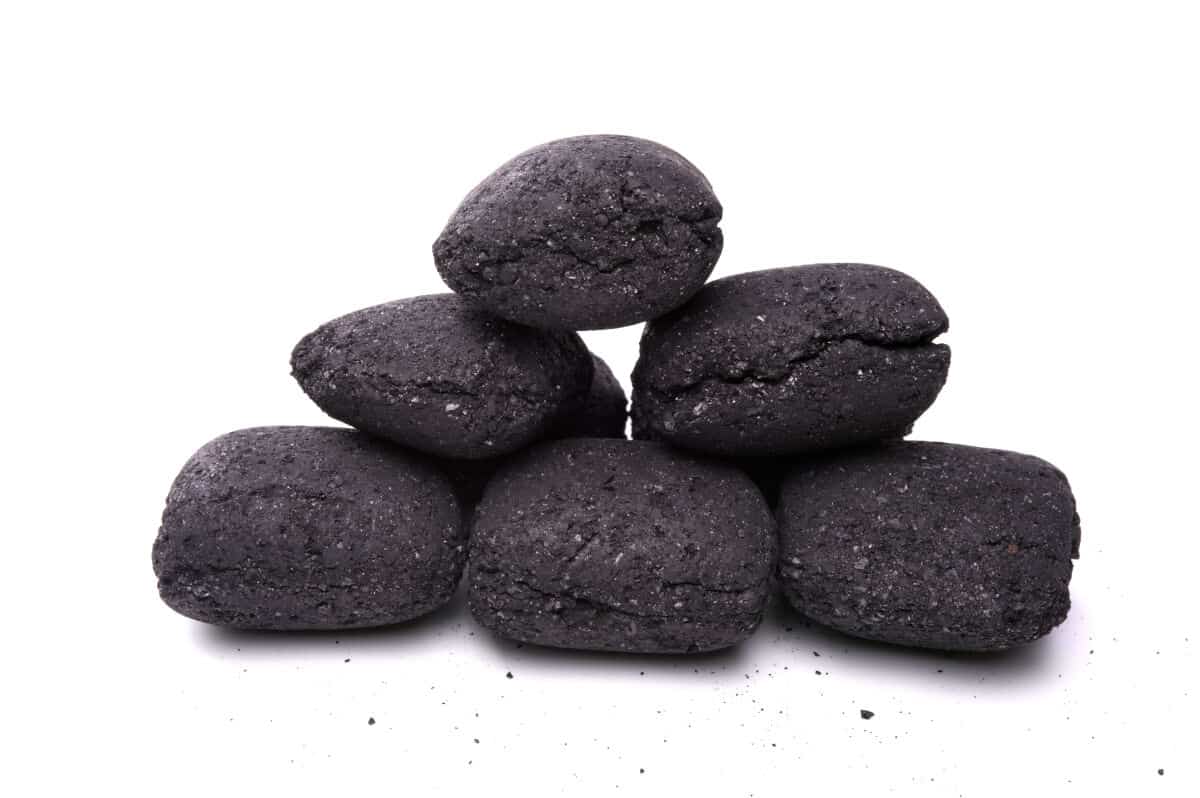
2. Manual vs. Automatic Presses
When considering a briquette press, one of the first decisions is whether to opt for a manual or automatic model. Manual presses are operated by hand, making them suitable for smaller-scale operations. On the other hand, automatic presses are powered by electricity or hydraulics and can handle larger volumes of material with minimal effort. The choice between the two largely depends on your production needs and budget.
3. Piston Presses
Piston presses are one of the most common types of briquette presses. They operate on a simple principle: a piston compresses the biomass material inside a cylindrical chamber, forcing it through a die to form briquettes. These machines are known for their reliability and efficiency, making them a popular choice for many businesses.
4. Screw Extruder Presses
Screw extruder presses use a screw mechanism to extrude the material through a die, shaping it into briquettes. They are known for their versatility and ability to handle various biomass materials. Screw extruder presses are often chosen for their adaptability to different feedstocks and their ability to produce consistent, high-quality briquettes.
5. Hydraulic Presses
Hydraulic briquette presses utilize hydraulic systems to compress the biomass material. These machines can exert tremendous pressure, resulting in tightly compacted briquettes. They are particularly effective for materials that require high pressure for proper compression, such as hardwood sawdust.
6. Efficiency and Output
When evaluating the efficiency of a briquette press, several factors come into play, including production capacity, energy consumption, and briquette quality. Choosing a model that aligns with your production goals while minimizing energy costs is essential. High-efficiency presses can significantly impact your overall wood briquettes price, ensuring a competitive product in the market.
7. Considerations for Maintenance
Proper maintenance is crucial to ensure the longevity and efficiency of your briquette press. Regular cleaning, lubrication, and replacement of worn parts are essential tasks to keep the machine in optimal working condition.
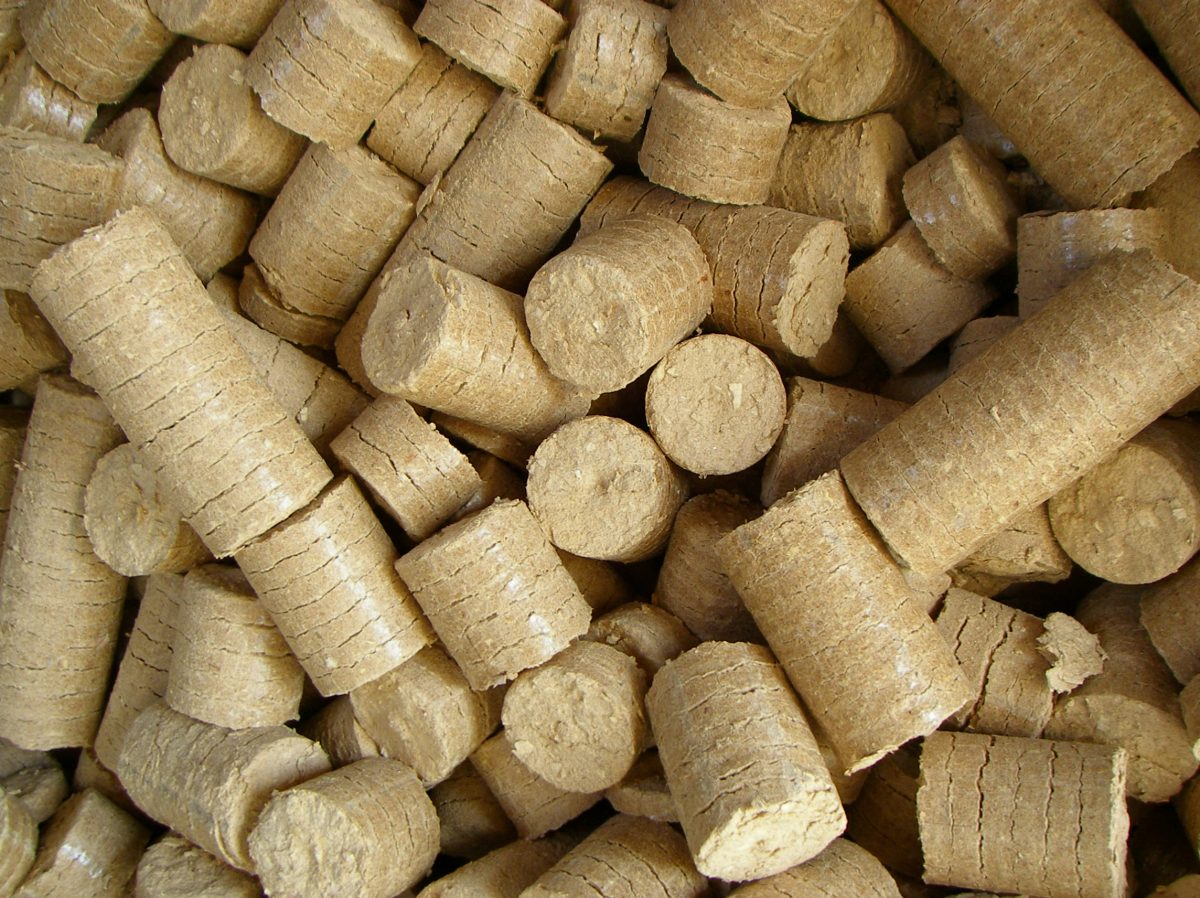
In conclusion, as the wood briquettes price continues to draw attention as a sustainable and cost-effective fuel source, choosing the right briquette press becomes increasingly important. Understanding the various models and their efficiency can help you make an informed decision based on your specific needs and production requirements. Whether you opt for a manual, automatic, piston, screw extruder, or hydraulic press, each type has its advantages and can contribute to a greener and more sustainable future.
